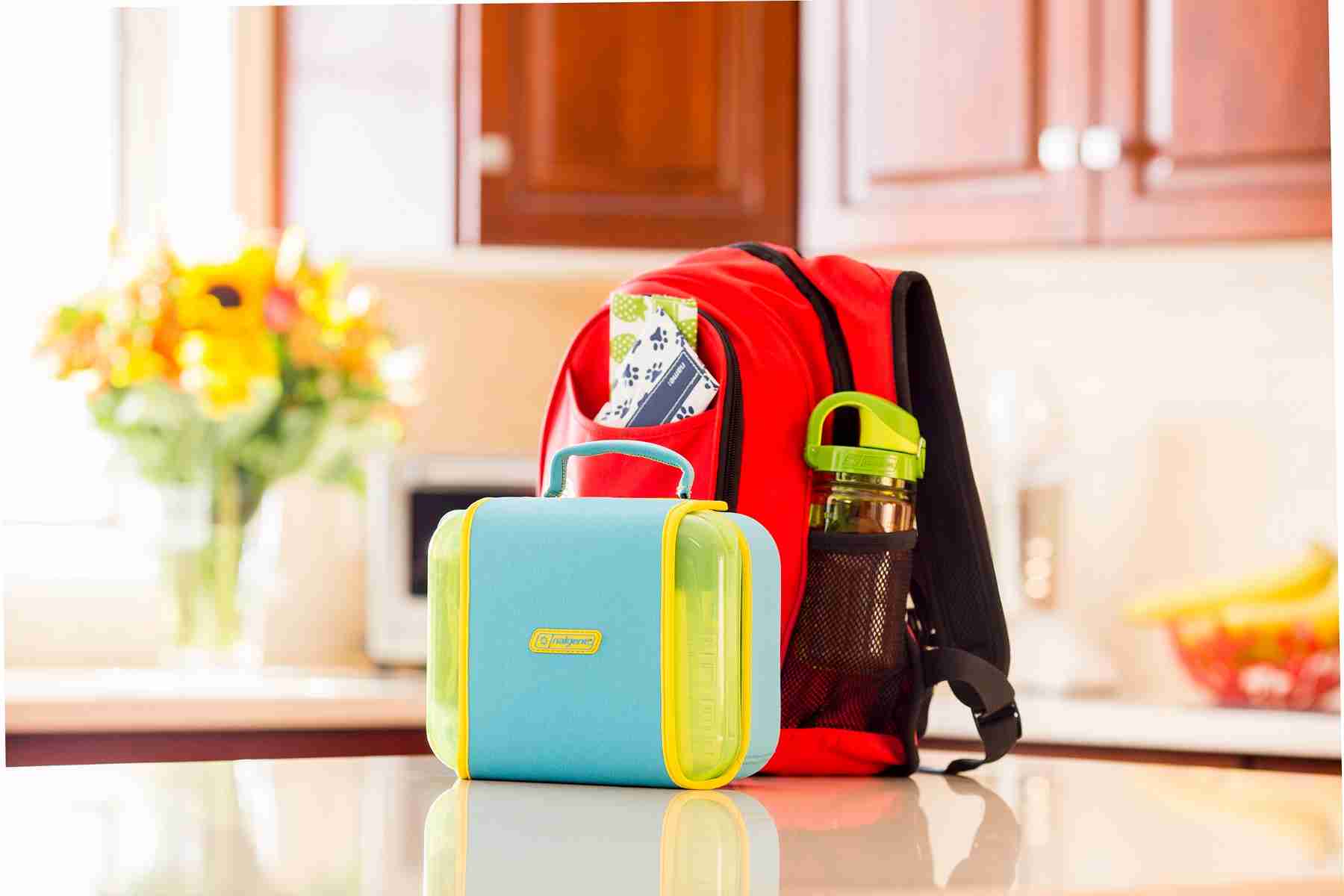StatePoint
While packing lunch for the kids can seem like a daily grind, you can use the task as an opportunity to help kids form great lifelong habits.
Here are five small ways changing your lunch-making routine can have large, positive impacts on the environment, your wallet and your kids’ health.
1. Pack with reusables. On average, a school-age child with a lunch packed in single-serve disposable materials like plastic snack bags or juice boxes generates 67 pounds of waste per school year, which equates to 18,760 pounds of lunch waste for an average-size elementary school, according to the estimates of Waste Free Lunches, a non-profit organization.
Reduce your contribution to this waste and save money in the process with reusable containers. Waste Free Lunches estimated that choosing only reusable containers can save you almost $250 per person, per year. To learn more about reducing lunchtime waste on the household or community level, visit, WasteFreeLunches.org.
2. Choose Made in USA. The “3 Rs” — Reduce, Reuse and Recycle — are a great refrain for environmentalists, but to ensure your family’s daily habits are minimally impacting the environment, consider adopting the simple act of choosing Made in USA products. This small change automatically reduces one’s carbon footprint by a magnitude of 10, according to a recent study conducted by Nalgene Outdoor, which offers a vast variety of BPA- and BPS free reusable water and food containers in a myriad of colors and designs, ranging in size from 12-ounces to 48-ounces. You can help explain the significance of buying Made in USA products to kids by telling them it’s like leaving a light on for 30 minutes vs. 3 minutes.
3. Buy food local. Without a doubt, the most nutrient-rich and often most cost-effective way to procure fresh produce is locally. Additionally, anything sourced within 100 miles of home has a significantly lower carbon footprint than something that has traveled through hemispheres to reach your grocery store shelves. Community Supported Agriculture (CSA), co-ops and farmers markets are popular ways to find local produce direct from farmers. Check out localharvest.org to find a program near you.
4. DIY grab-and-go snacks. Prepackaged snacks are often priced at a premium and rarely offer nutritious enrichment, but with just a little prep work, you can create your own healthy options more affordably.
“I try to choose storage containers that are already pre-portioned so I know the portion that I’m packing,” says Peggy O’Shea Kochenbach, a registered dietitian nutritionist. “Pack nutritious items like fruits, vegetables and nuts in clear containers in the pantry or refrigerator on Sunday, so that they are ready to ‘grab and go’ for the week.”
For safety, store items in BPS- and BPA-free reusable containers, such as those from Nalgene Outdoor Products, which offers a line of reusable storage containers that are clear, ranging in size from 4-ounces to 16-ounces and that are also dishwasher safe.
5. Green your clean-up. Parents should seek reusable items that can both sustain kids’ rough and tough daily activities, but also survive the dishwasher. Close label reading shows that many reusable lunch containers suggest “hand washing.” However, items that are dishwasher-safe can keep your household saner, cleaner and greener. For your family, cleaning is easy-peasy; and for the environment, research shows a good dishwasher saves 3,870 gallons of water over its lifetime and uses less energy than conventional models, which helps reduce air pollution and combat global climate change, according to the ENERGY STAR program.













No Comment